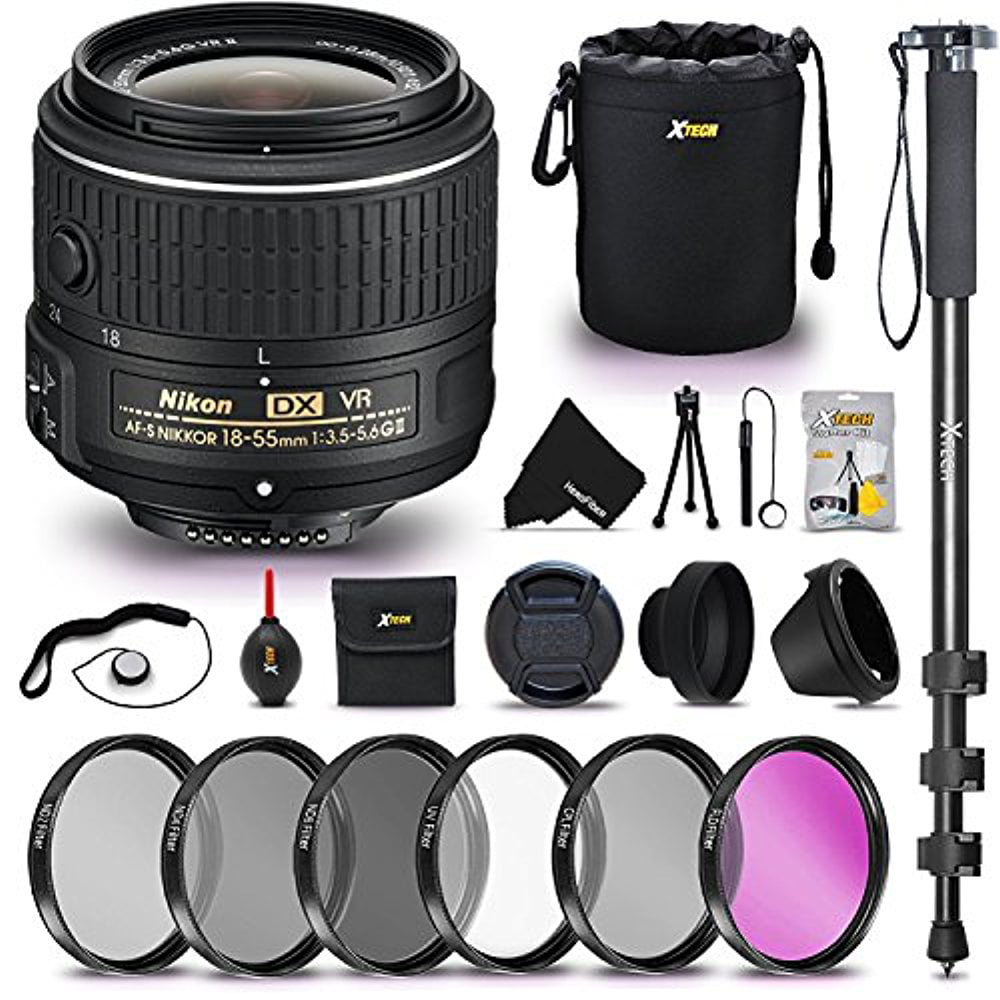

ND/PL: A ND/PL filter combines the features of two popular filter types, a neutral density and circular polarizing filters. ND filters also help keep the shutter open longer on your camera, and achieve long exposure shots, the milky effect of water, and also show the movement of clouds in the sky. As a result, these filters allow you to control the exposure in your image very easily and prevent you from having to over extend the use of your camera’s settings, like ISO, aperture, or white balance. ND: A ND filter, or neutral density filter, is used to limit the amount of light that is able to reach your camera’s sensor. It is greatly debated amongst photographers if they actually provide a benefit to their workflow, but in our opinion it never hurts to have an extra line of defense against potential damage. As a result, the cumulative haze densities can greatly soften the sharp details of distant images. For example, UV light manifests itself in the form of haze- this haze can rob image’s detail, especially at longer distances with longer focal lengths.

UV: When shooting outside, UV can affect the image quality in a variety of ways. These polarizing characteristics do not only enhance the colors of your image, but also reduce glares and reflections within your photo or video.

Each type of filter is used for a different purpose, and when deciding on which one to take on your next photography project it is good to know which each filter type is used for.ĬP: A CP, or circular polarizing filter, allows you to capture vividness and contrast in an image. There are multiple types of filters, such as: CP, UV, ND, and ND/PL.
#Nikon lens filters nd professional#
Additionally, these filters will also help enhance your footage to make it look more professional and cinematic. The QuartzLine collection is offered in various filter types, and have the ability to block anywhere between 3 and 16 stops of light. In addition, QuartzLine filters have the ability to resolve up to 100 megapixels, so the glass you put in front of your lens will not limit the 24.5 MP of the Z6. With these filters hand crafted construction, they can prove to be a beneficial part of your workflow due to their optically pristine properties. QuartzLine filters are a quintessential accessory for your new Nikon Z6, which are made of fused quartz glass and built to withstand the harshest of conditions. For instance, filters allow you to properly expose your images within bright environments by limiting the amount of light that is able to reach your camera’s sensor. Filters are an essential part of enhancing your creativity within your workflow.
#Nikon lens filters nd manual#
Remember to check your DSLR camera’s User’s Manual for instructions on its particular menu navigation and dial layout.At the top of our list for the best Nikon Z6 accessories, is of course filters for your camera. To do this, you rotate the filter and smoothly adjust the exposure as the lighting changes, like when panning from a darker area to a brighter one, all the time keeping the same f/stop and the same depth of field. You can also use it as a substitute for something pros call “riding iris,” which means adjusting the exposure while you shoot as your scene changes in brightness. After placing the filter on the lens, simply rotate it to dial in the correct exposure.
#Nikon lens filters nd iso#
It is essentially a fourth way to control the exposure, working along with shutter speed, aperture and ISO sensitivity.Ī Variable ND filter is an optically transparent filter that allows you to adjust its opacity and knock down the brightness of the light between two to eight stops, without effecting color or anything else.Ī Variable ND filter is so useful because it is variable. It’s easy to do so though, when you have a Variable Neutral Density or Variable ND filter.Ī Variable ND filter will let you cut the amount of light in your scene by two to eight f/stops. Shooting in bright daylight, oftentimes it can be nearly impossible to shoot wide open without blowing out your exposure. Photographers love the shallow focus look you can get when you shoot with a fast lens, wide open but did you also know that you can get that same look and feel when shooting movies with a DSLR? It really gives them that film-like feel.


 0 kommentar(er)
0 kommentar(er)
